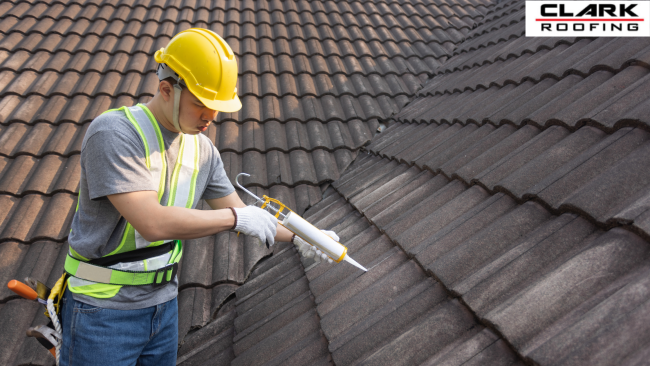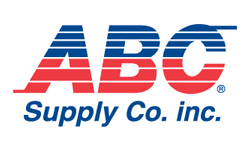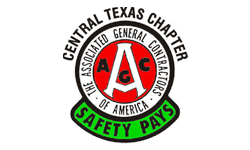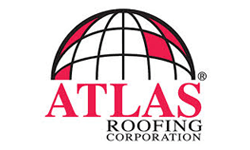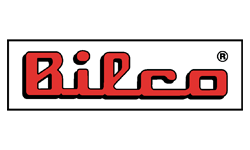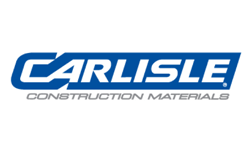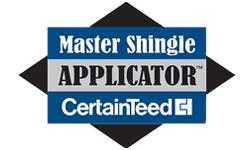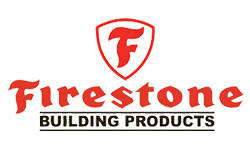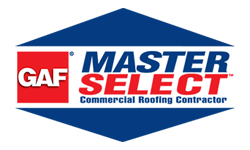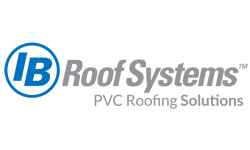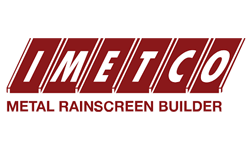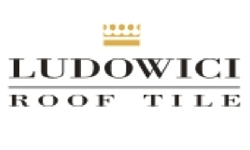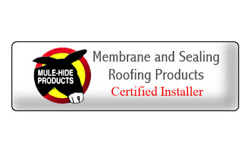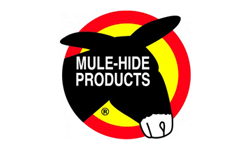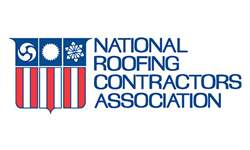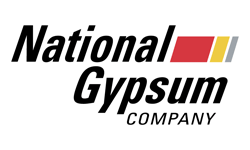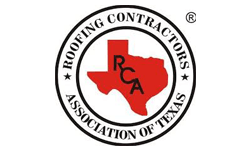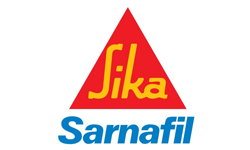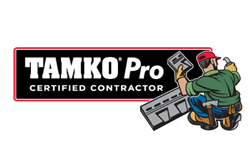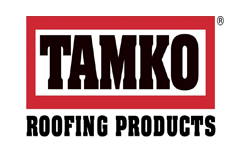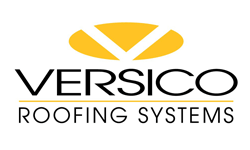How Silicone Roof Coating Can Help You Save Money in Roof Repairs?
For individuals responsible for commercial or industrial structures, dealing with roof damage and ongoing maintenance can pose significant challenges. Whether you’ve encountered leaks after heavy rainfall or struggled with issues like peeling, cracking, or sun damage to roofing components, you’re familiar with the inconveniences and potential expenses involved. Fortunately, many of these issues can be effectively addressed with silicone roof coatings.
For years, Clark Roofing has been a trusted provider of silicone roofing solutions. Our extensive experience has demonstrated the impactful benefits, durability, and longevity of silicone roof coatings. Explore our blog to discover more about the advantages, longevity, and other factors associated with silicone roof coatings.
A Brief Introduction to Silicone Roofing
Applying a layer of silicone roof coating effectively seals cracks and gaps in your roof, offering a solution to rejuvenate an aging roof without the need for a full replacement. This technique not only extends the life of your roof but also enhances its leak protection, providing added durability and peace of mind.
One of the key advantages of silicone roof coatings is their affordability compared to other roofing installations or replacements. By adding an additional layer to your building’s roof, you can also decrease energy expenses, making it a cost-effective and energy-efficient choice.
What Is the Expected Lifespan of Silicone Roof Coating?
Silicone roof coatings are well-known for their durability and longevity. If silicone coatings are correctly placed and maintained, their lifespan can exceed twenty years.
The following variables can affect the lifespan of silicone roof coatings:
The Quality of the Silicone Roof Coating
The longevity of silicone roof coatings depends on the quality. Superior components are incorporated into the formulation to enhance the silicone’s resistance to various environmental factors, ensuring a longer lifespan. When subjected to chemicals, extreme heat, moisture, and UV radiation, silicone coatings resist deterioration and degradation, maintaining their integrity over time. Lower-quality coatings’ propensity to peel, crack, or break may make it harder for them to deliver long-term protection.
High quality coatings are made to resist the damaging effects of bad weather, such as wind, hail, rain, and prolonged sun exposure. They keep their elasticity, allowing them to expand and flex in response to variations in the roof height without chipping.
Application Methods for Silicone Coatings
An expert application technique ensures proper coverage and flawless application, which adds to the coating’s capacity to preserve the roof and prolong its lifespan successfully. Ensuring that silicone coatings are applied correctly in terms of thickness and coverage guarantees that the whole roof is sufficiently protected.
The coating may not be able to provide sufficient protection against UV rays, moisture, and other external factors if it is too thin or has uneven coverage. This may cause the coating to deteriorate more quickly. Furthermore, proper adhesion of the silicone roof coating to the ceiling substrate are necessary. Poor adhesion caused by improper primer application, inadequate surface preparation, or poor cleaning can result in the coating peeling. Longevity is boosted by ensuring that there is a solid sealant between the silicone coating and the roof surface through careful and skilled application.
Weather Conditions
The lifespan of a silicone coating is significantly influenced by extreme weather conditions such as changes in wind, moisture, rain, and temperature. These variations provide more significant pressure, which can cause the coating to expand and quicken the deterioration of the silicone roof coating.
Choosing a silicone coating specifically engineered to endure the environmental factors in a particular area will help ensure its long-term functionality and offer sufficient protection for the roof. Various environmental factors, including chemical exposure, air pollution, and exposure to saltwater in seaside locations, can impact the lifespan of silicone coatings. These factors can create discoloration, degradation of coating quality, and chemical reactions.
Maintenance of Silicone Roof Coating
Extending the life of the silicone coating requires routine examination and upkeep. It is important to keep things clean, clear out trash, and fix any problems. Frequent inspections allow for early detection of cracks or areas where the coating is not sticking well.
Additionally, it’s important to note that silicone coatings have heat-reflective properties, contributing to temperature moderation and energy conservation. However, the accumulation of stains, dirt, and debris can diminish these reflective properties over time. Regular maintenance of the coating’s surface can help preserve its reflectivity, ensuring continued contributions to the building’s overall sustainability and energy savings.
The Advantages of Silicone Roofing
Water Resistance
The ability of a silicone roof coating to prevent ponding water may be its most significant feature. Silicone coatings are moisture-cure materials, meaning they won’t absorb any more water after curing and can withstand the damaging effects of ponding water without staining.
UV Defense
A silicone roof coating can reflect 80–90% of the sun’s UV radiation. This implies that property owners can save money by lowering their building’s cooling expenses during the hot summer months and lightening the workload on their HVAC systems.
In comparison to other coatings, silicone coatings dissolve much more slowly and maintain their integrity without becoming overly rigid or brittle. This reduction in the heat absorbed by the roof from sunlight leads to ongoing energy savings, lowers interior building temperatures, and enhances roof longevity.
Flexibility
Silicone roof coatings form an extremely durable and waterproof layer that can endure oxidation, wind-driven sand, and harsh temperatures. They can also withstand the regular thermal activity and expansion of large roof constructions.
Solids Concentration
Most modern silicone coating formulas boast a high-solids concentration, typically exceeding 90%. This means that less coating material is needed to achieve the desired dry thickness, resulting in reduced labor costs and time spent on the job. Applying additional coating further enhances efficiency without compromising the integrity of the system.
Safe for the Environment
While silicone coatings are considered eco-friendly, high-solid formulations are the best option. The high-solid silicone coatings on the market today contain low levels of volatile organic compounds and are free of solvents with the majority surpassing all state-regulated material safety criteria.
Clark Roofing Provides the Best Silicone Roofing Solutions for Your Roof!
Silicone roof coatings are a perfect way to restore a roof. The silicone coating for a residential or business roofing environment should be selected after considering several essential considerations.
Do you need help determining whether silicone roofing is appropriate for your residential or business space? Contact us to arrange a complimentary roof assessment with an expert contractor.

